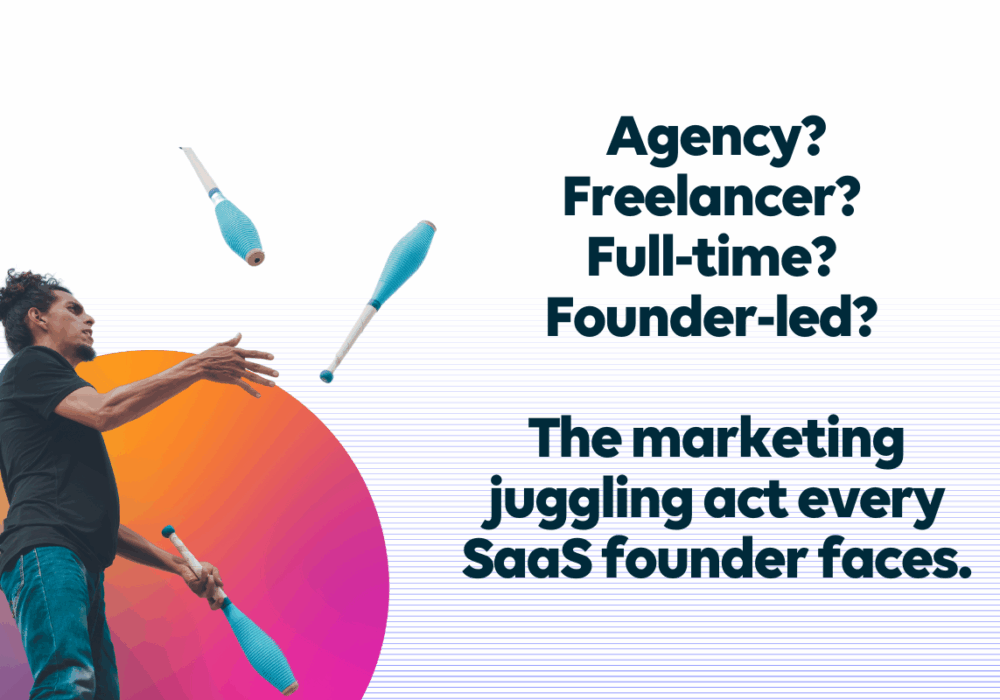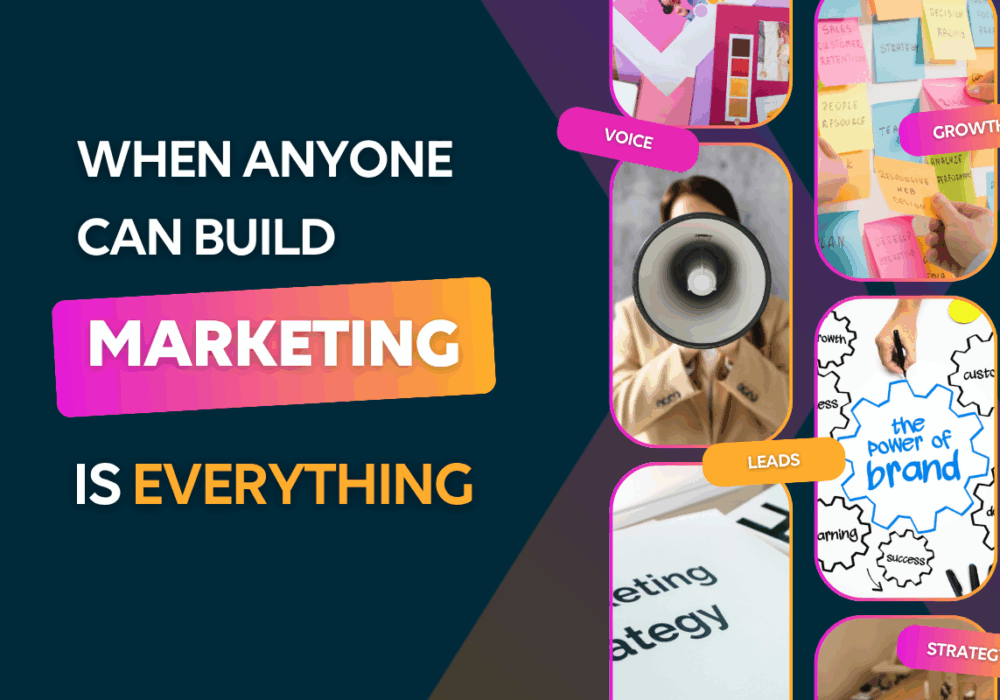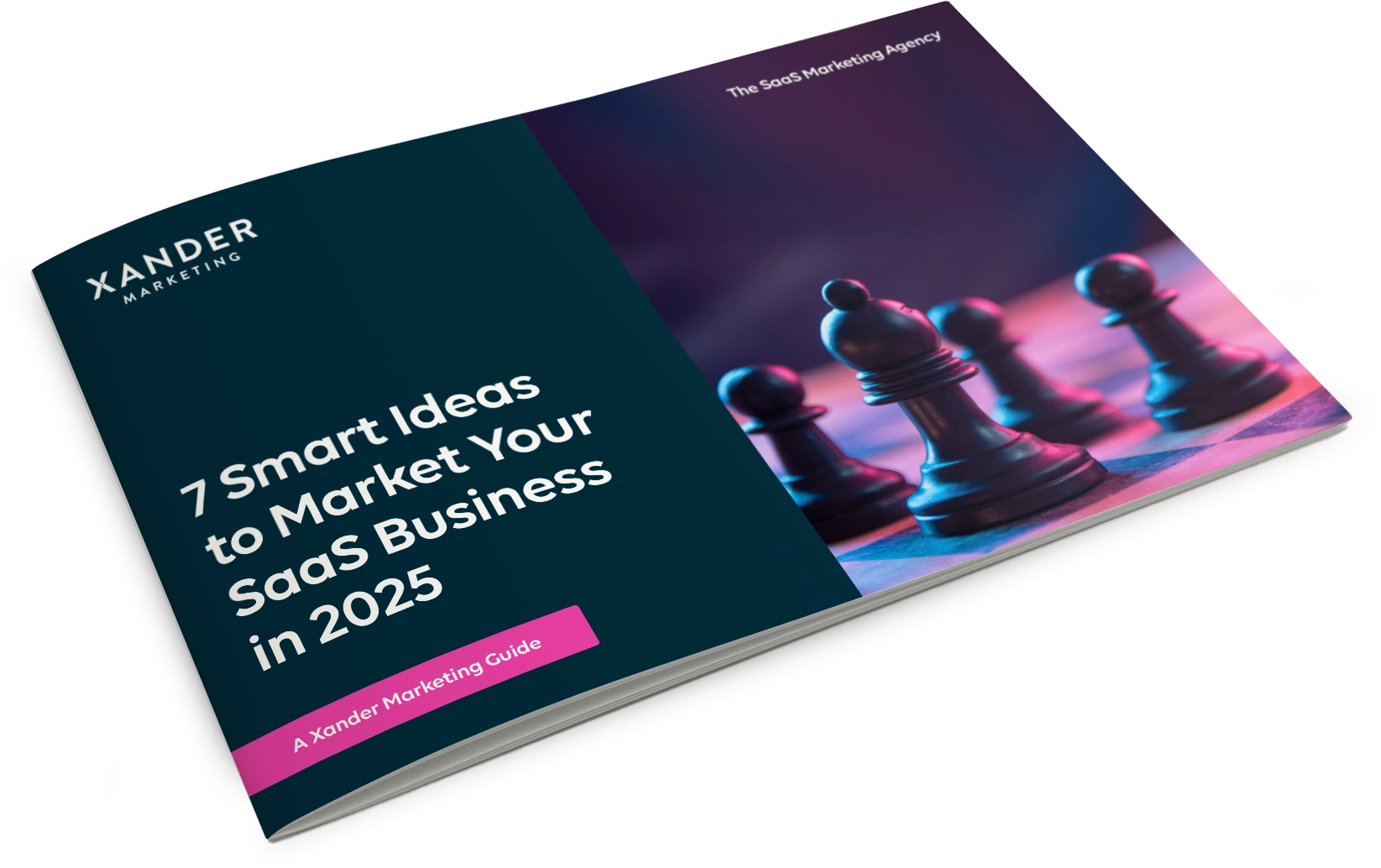3 stages to creating great content
3rd December 2019
I thought it was going to be a great read…
How many times have you been interested in a headline marketing message only to feel let down by the content? Your click, measured as a precious conversion, might have bumped the performance stats for the campaign and the message, but it may have made you wary of the messenger. You wouldn’t want prospects getting this impression of your company or product?
Some reasons why you might have found that content disappointed you could be:
- You’d seen it before – It was a rehash of somebody else’s idea
- It was overused – A hackneyed cliché
- It was a let-down – It cheated on its promise
The fact is that the world is a noisy place and there is an awful lot of marcoms in circulation. It’s being distributed liberally across multiple channels. In the effort to standout and to have relevance by having something meaningful to say, a lot of businesses play loose with content quality standards. Much of it is unimaginative. Some is irrelevant. The majority is likely to be throwaway. This equates to communications pollution. But it doesn’t have to be like that…
1. The content framework
The problem for most struggling to put out quality content is that they lack a clear vision of how to conceive and construct it in a repeatable process. What’s needed is a design scheme for organising the factors that feed into content creation.
Essentially, when we are conceptualising content, there are three different points of view that need to be brought together:
- Company Perspective – Quite simply, what does your company want to say?
- Marketplace Perspective – Factors that influence the operating environment of your industry, sector or vertical.
- Customer Perspective – The problems, needs and wants of your customers and targets.
This creates a framework for consistency in how we structure and bring our ideas together to form the concepts that underpin content formats like white papers.
Content framework example: Introduction of GDPR
So, to apply this we might start with a marketplace factor, such as such as an operating environment issue. For example, take the introduction of GDPR in 2018. This was a major shift in the approach to IT security, creating a robust information security framework and in turn a safer, more secure digital information environment. Every company holding customer information and running digital technologies needed to pay attention.
The problem for companies in scope was the need for compliance. But where to start? CIOs, IT managers and compliance officers needed to get up to speed fast. There was a good two-year warning of the introduction date, but inevitably, many kicked the can down the road for a little while.
For a company providing GDPR consultancy services and/or software systems for auditing GDPR compliance, it has to decide how best to explain its solution to the problem and work out messaging that effectively gets its views across.
Hopefully, this gives a good idea of how these three perspectives can be brought together and it gives a very solid basis for constructing relevant content. We can look on this as the first stage.
2. The messaging scheme
The second stage is defining a messaging scheme. At Xander Marketing we often use:
- Headline (H1) – positive statements that speak to the aspirations of the audience; these might be creative, or imaginative, and sometimes try to take the reader into a future where their problem might be solved.
- Sub headlines (H2, H3) – these are supporting statements balancing out the aspirational headlines with more factual and down to Earth sentiments. There is a need to balance out creative, aspirational ideas by providing substance rooted in reality.
- Body copy – This should flow from the headlines, with the copy actually paying off on the headline and sub headline messages. Because of the strong framework we have for defining the content from stage one, it should be straight forward to create relevant content that communicates the case for the software product.
3. The content family
To support this white paper by creating a rounded family of content on this topic, the third stage is developing and re-purposing the content for different formats.
- Email – to invite download of the white paper
- Web copy – create a landing page with a content gate to invite download and integrate data capture
- Blogs – ideal for breaking up longer content into bitesize pieces or to provide teasers that entice download of the full white paper
- Case studies – real world stories that show the benefits provided to customers
- Social media – derived messaging and content for Twitter, Facebook and LinkedIn
Raising the bar on content standards
We can bring these three stages together in this graphic:
This is by no means proof against fools! Just because you might follow this doesn’t mean you will necessarily create good content.
Remember, this process isn’t just about formulating a plan for churning it out. Quality control is an essential part of the process. As content takes shape, there is the constant need to evaluate and reassess to see where it can be improved.
It needs to be looked at through the lens of “How can we make this better?” Amongst writers this is often known as ‘punching it up’. Re-working and re-writing until the idea is expressed in its ultimate form.
There are a lot of other factors that are in the mix here too. A key one is the audience. What level are audience members at in terms of management and technical knowledge? Is there specialised terminology that might catch their eye? Another is the messaging structure, a brand-led framework that defines key attributes of your brand such as trusted, innovative, agile, and so on.
In the final analysis, it is down to the skills of the writer to bring all of these variables together to create high quality relevant content.
SaaS businesses create better content with Xander Marketing
Hopefully, you’ll be able to apply this and improve your content. One drawback for internal content creators is often proximity – they can be too close. Another is, that creating content is not always the best use of time for subject matter experts.
Find out more about our content marketing services here or view some of our portfolio.
Xander Marketing has helped over 200 B2B SaaS businesses succeed in achieving their business objectives with high quality and relevant content marketing. Get started with better marketing today. Click here to arrange your free one-hour consultation.






